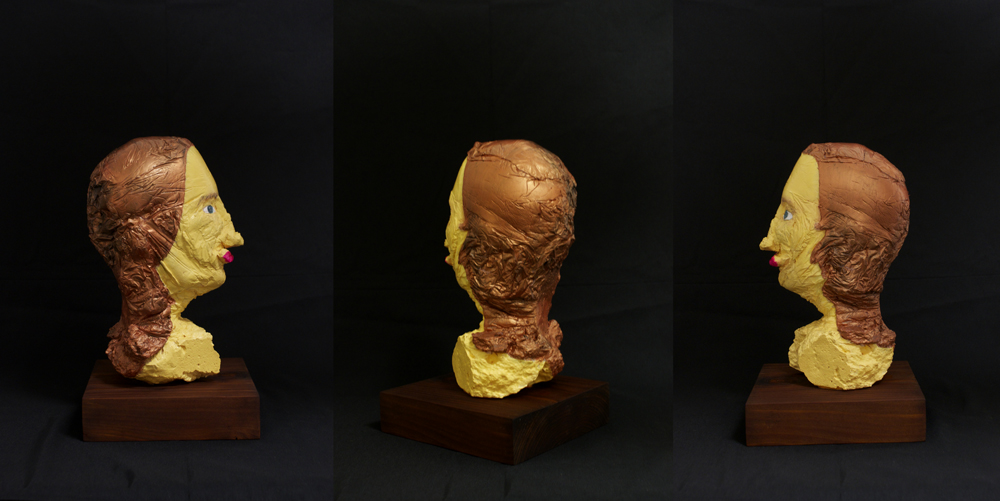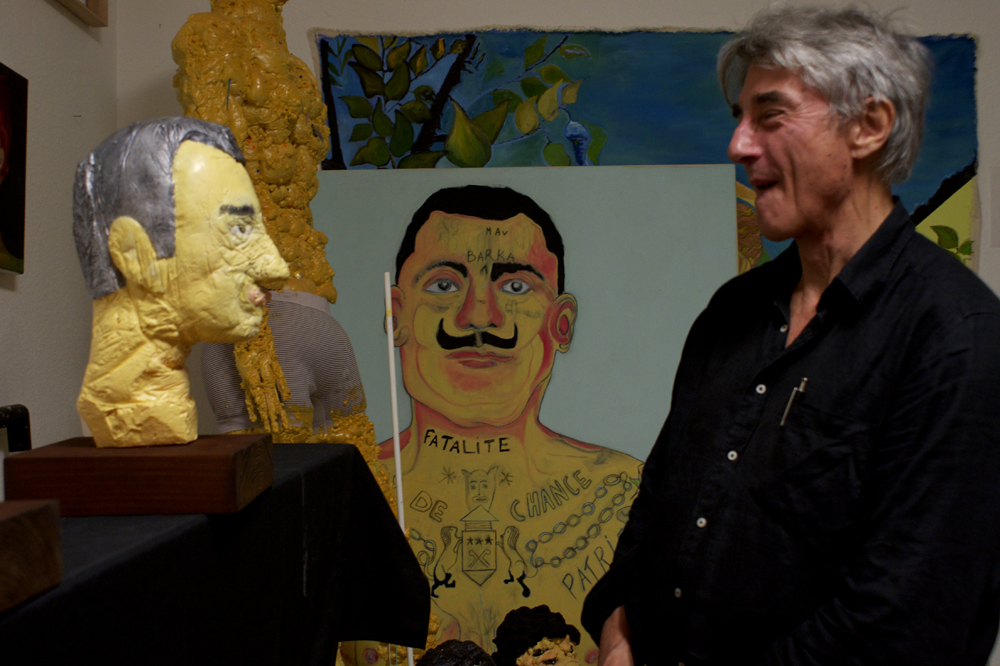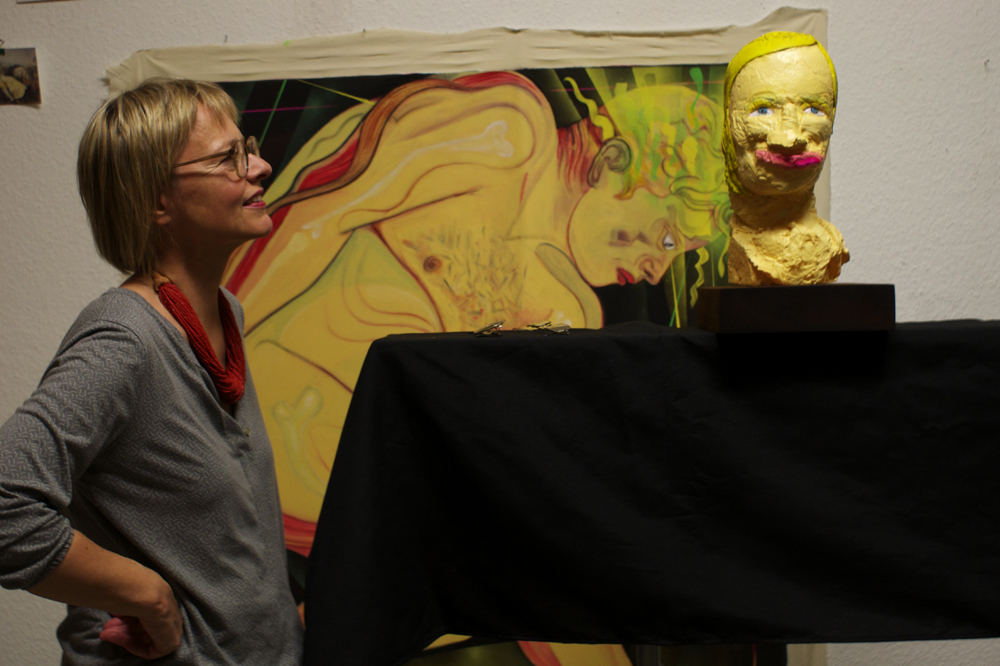
What does it Matter
What Makes Us Humans? Vol. 4: Substance
This body of sculptures are part of the ongoing project What Makes Us Humans? in its study Vol. 4 exploring the ontology of Substance. It follows the idea that everything is in motion and, therefore, everything is in constant change, consequently properties exist only once in time and do not define things, rather the opposite, properties are defined by things. There is a tension between all existing matter.
Participants of this series are cast with a light plastic foil which then is filled with construction foam. This material has the characteristic of expanding in apparently random directions and the foil set very unstable limits. All details are form with no other interaction and head details are drafted in acrylic paint from the resulting random forms. This study suggest that forms are not random at all and that there are other mathematical powers taking part at the stage of physical transformation such as human intention or emotions.

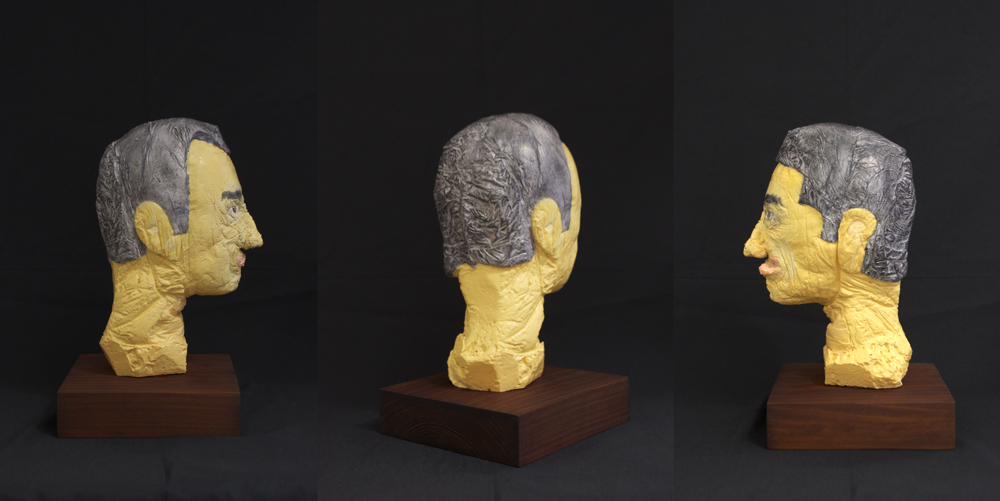
What is the ontology of Substance? What is the unity of science? What is it that relay under all properties and accidents? What is it that shapes matter? Is Substance fixed in time and space? Does it have a predefined dimension -or shape or meta-property?
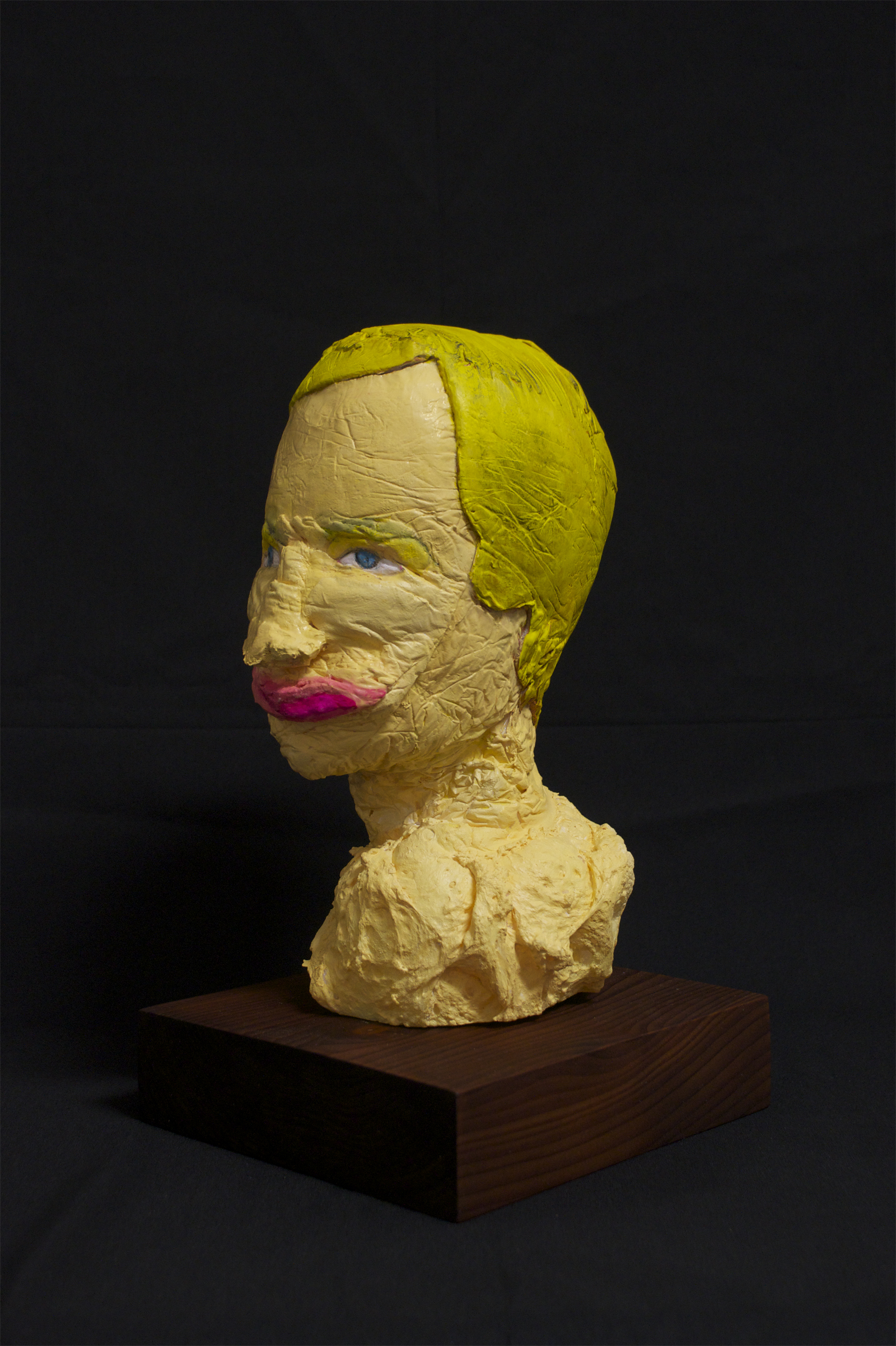
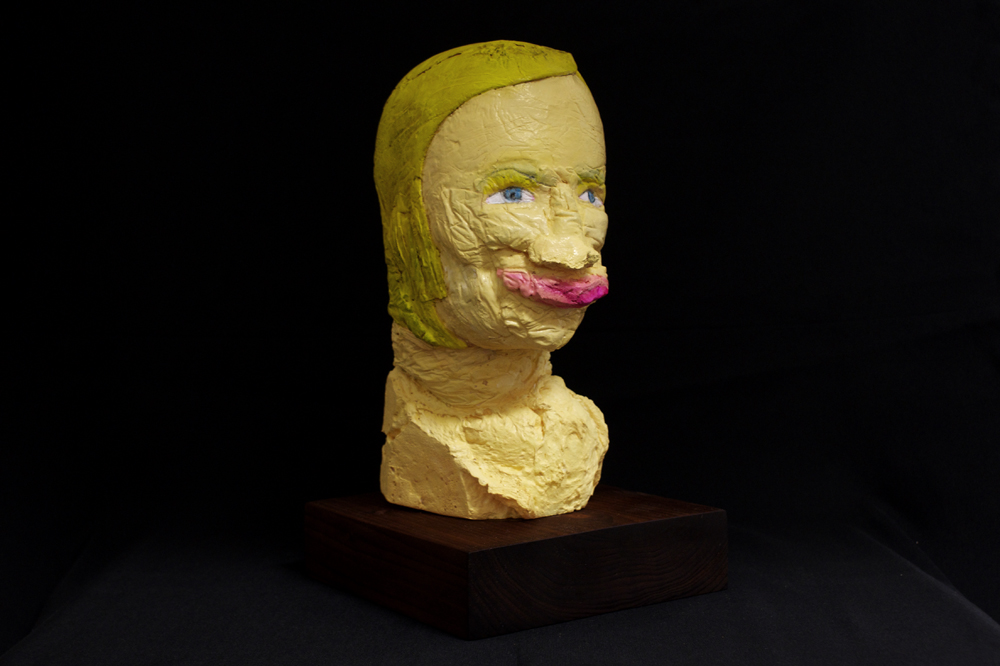
Nothing can be completely motionless. If everything stops instability will make everything fall apart. Even atomism accepts the notion of vibration so that really everything, in the sense of every thing, is in constant change. We have a tendency to think in grid, patterns of fixed elements -or substances- and this is the way we traditional understand reality. We fix things in space and time, so we can understand them and we take time to analyze them, but what if we could understand reality as a constant process?
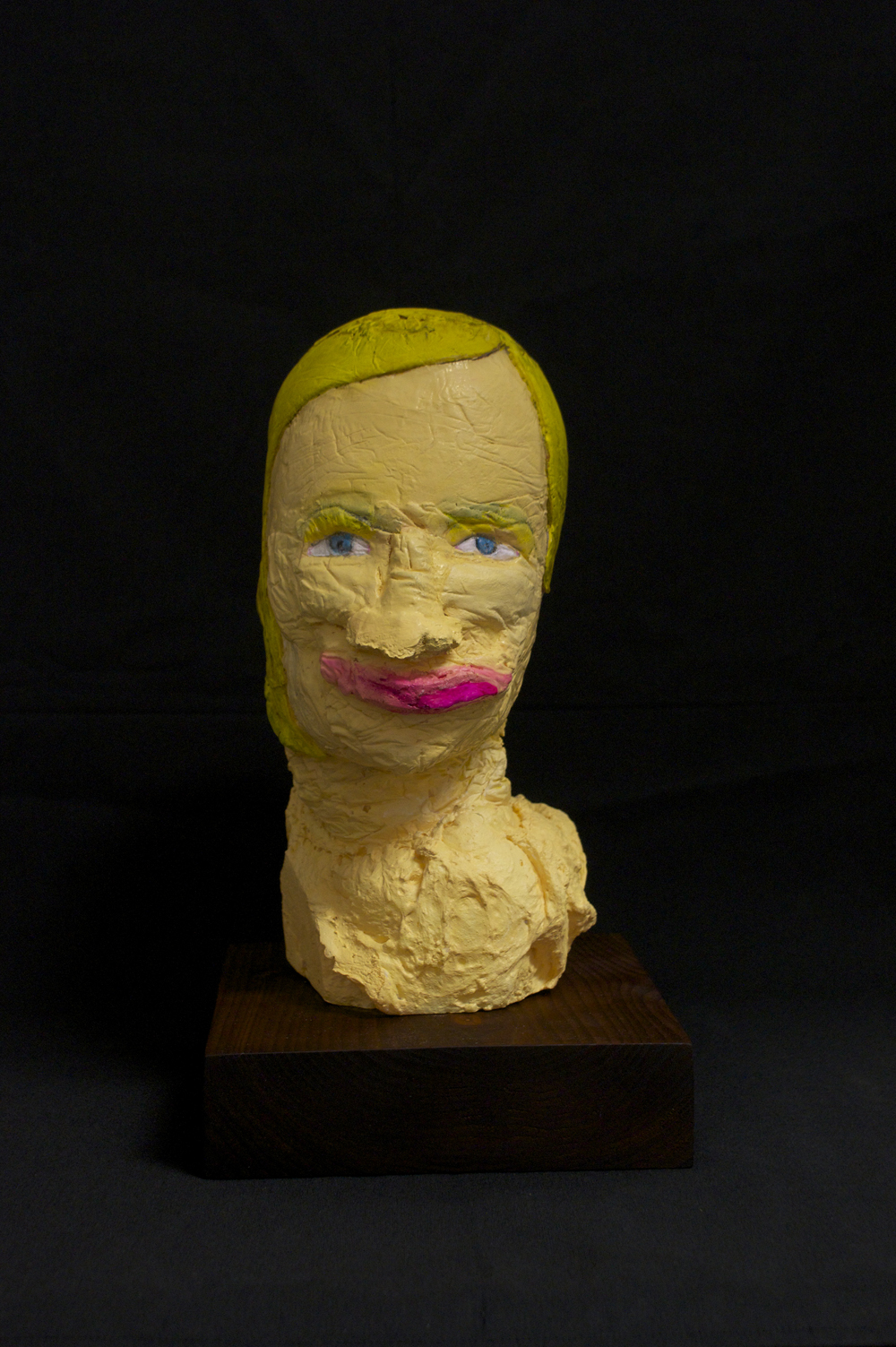
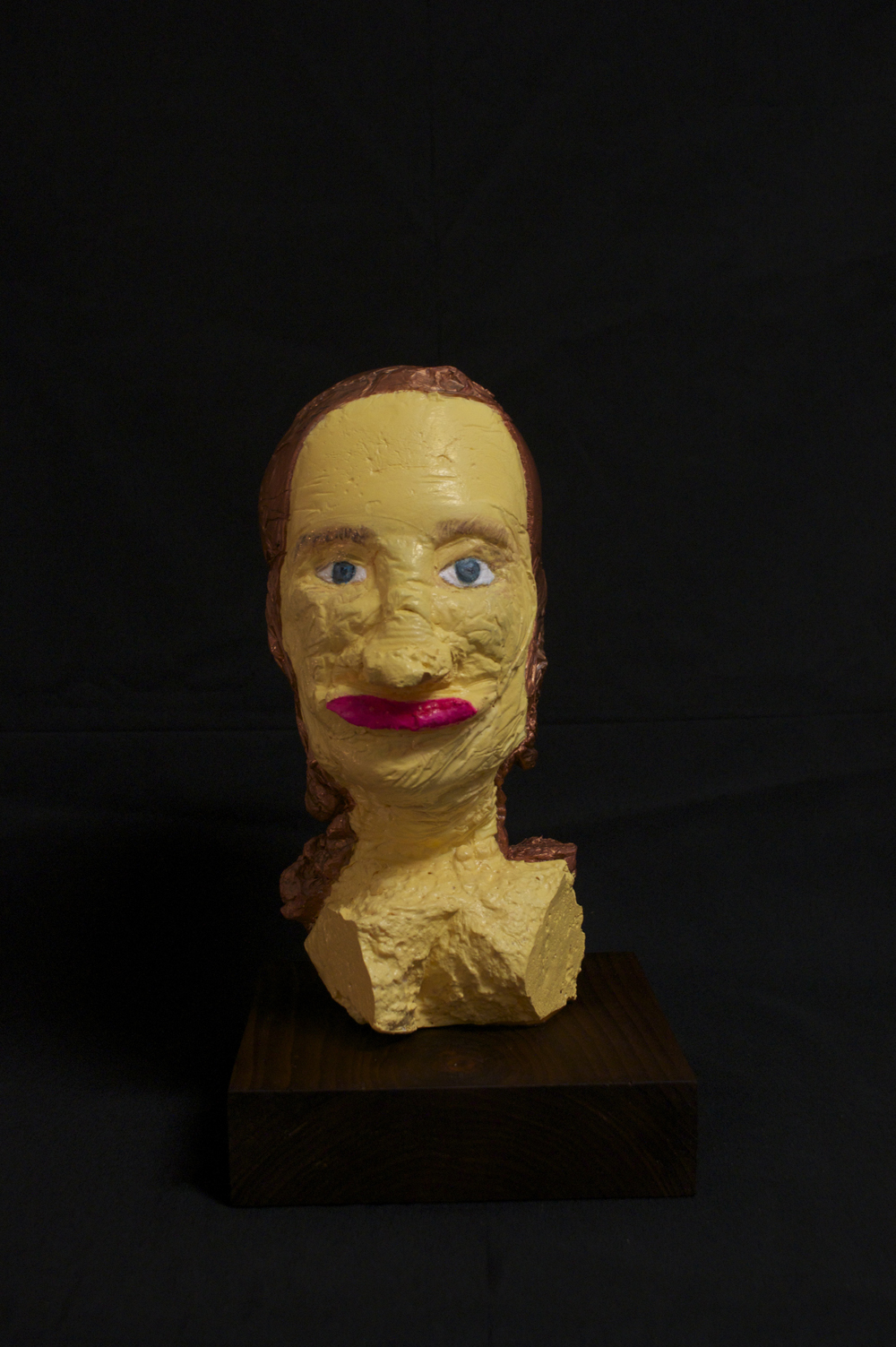
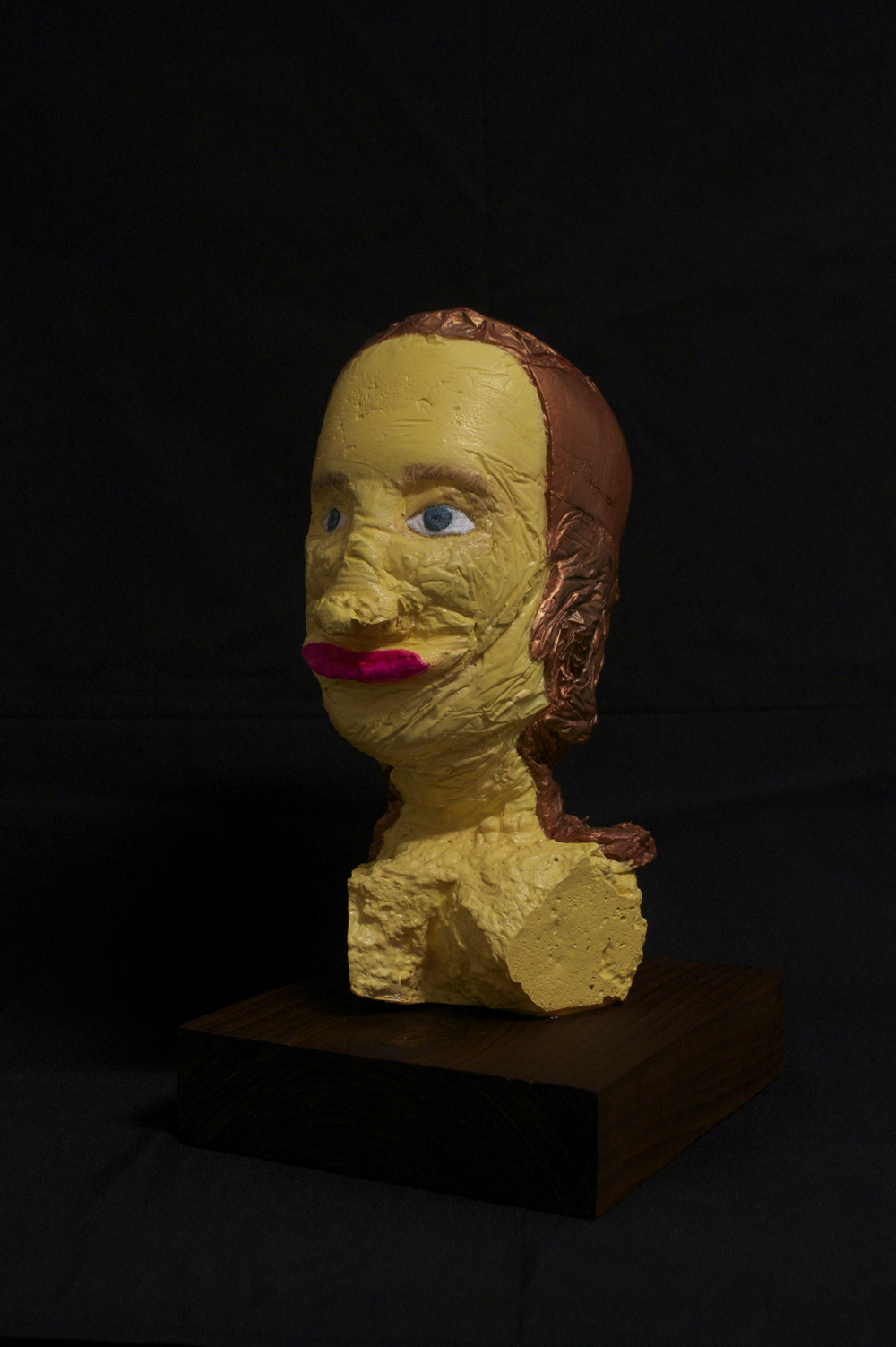
To exist is always to be in relation with something different. Properties exist only one time and they interact in multiplicity, instant by instant. Motion is not in the result but in the causal. It is transversal to the so called time-line. In this way participants defined their cast and dictated the expansion of the construction foam; the artist was also influenced but it was not at all in control of this events. Resulting sculptures were a consequence of a past motion event. The portrayed defined his/her own portrait.

